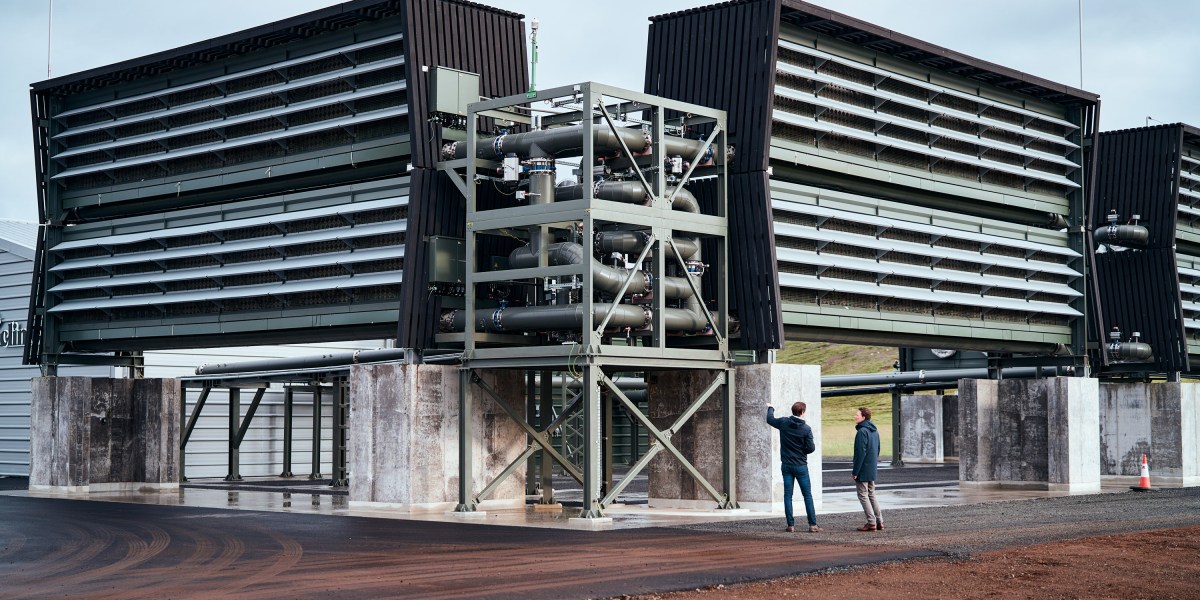
Funding Cuts Threaten Major Carbon Removal Initiatives Amid AI Toy Boom
In today's edition of The Download, we delve into significant developments in technology, particularly surrounding carbon removal and the rise of AI-powered toys.
Funding Cuts for Carbon Capture Projects
The Trump administration is reportedly considering the termination of funding for two major direct-air capture plants, both of which were slated to receive substantial government grants exceeding $1 billion. This move has raised concerns among environmental advocates and industry experts alike.
According to a list of projects obtained by MIT Technology Review and shared among federal agencies, one of the affected projects is the South Texas Direct Air Capture Hub. This facility, developed by Occidental Petroleum's 1PointFive subsidiary, was planned for Kleberg County, Texas. The second project, known as Project Cypress, is a collaboration involving Battelle, Climeworks, and Heirloom, and is based in Louisiana.
As carbon capture technology becomes increasingly critical in the fight against climate change, the potential loss of funding for these initiatives could hinder progress in reducing atmospheric CO2 levels.
The Rise of AI Toys
In a contrasting trend, AI toys are rapidly gaining popularity, particularly in China, and are starting to make their way onto shelves in the United States. These innovative toys, equipped with chatbots and voice assistants, offer children interactive play experiences that evolve traditional stuffed animals into responsive companions.
A recent report from the Shenzhen Toy Industry Association and JD.com projects that the AI toy market in China could exceed ¥100 billion (approximately $14 billion) in the near future. This trend reflects a growing demand for technology-infused playthings that engage children and provide educational benefits.
Conclusion
As developments in technology continue to unfold, both the potential cuts to carbon capture funding and the surge of AI toys signify pivotal moments for the industry. Stakeholders in both sectors will need to monitor these changes closely and adapt accordingly.
Rocket Commentary
The potential funding cuts for carbon capture projects signal a troubling trend that could stifle innovation in a crucial area of climate technology. The South Texas Direct Air Capture Hub, backed by Occidental Petroleum, represents not just an investment in environmental sustainability but a pivotal step toward integrating advanced technologies into practical solutions for one of our most pressing challenges—climate change. With AI increasingly shaping industries, its application in enhancing carbon removal processes should be a priority. If government support wanes, we risk losing a vital opportunity to harness AI's transformative power for environmental benefit. Now more than ever, it is critical that we advocate for policies that support ethical and accessible technological advancements, ensuring they effectively address not just the demands of businesses but the urgent needs of our planet.
Read the Original Article
This summary was created from the original article. Click below to read the full story from the source.
Read Original Article